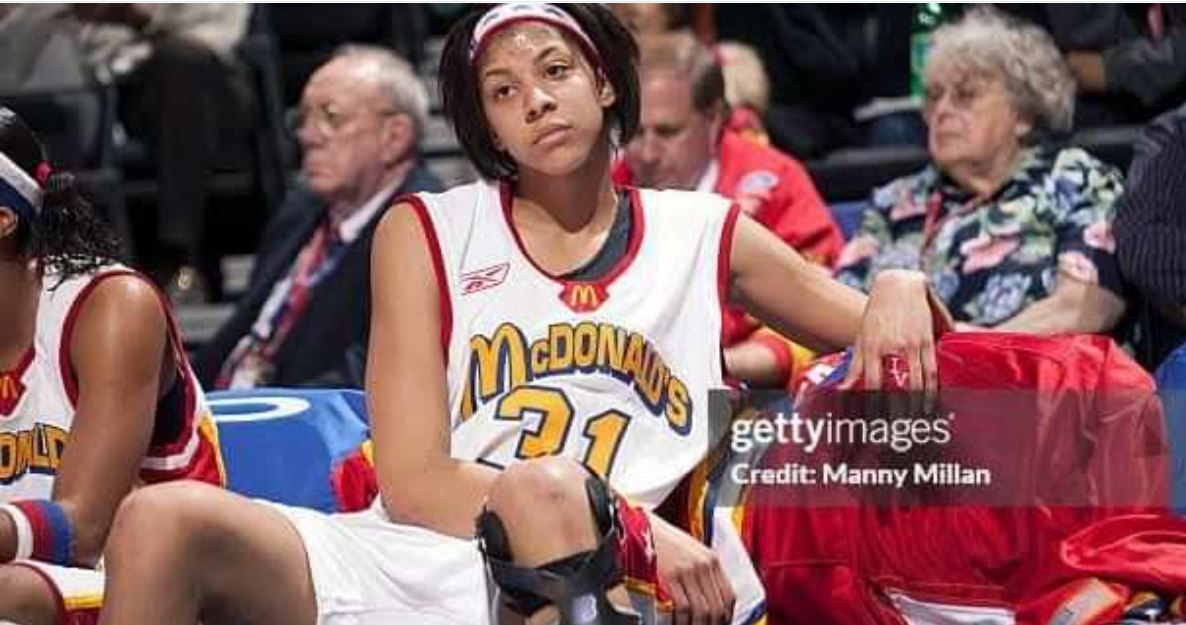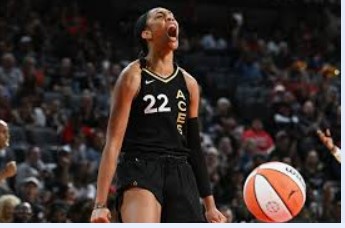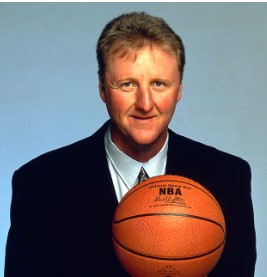Terrence Shannon Jr. at Kentucky: A Deeper Look
Terrence Shannon Jr. transferred to Kentucky from Texas Tech, bringing with him a reputation as one of the top perimeter defenders in the NCAA. Standing at 6’6″ and known for his athleticism, Shannon offers a unique blend of defensive prowess and scoring ability. During his junior season, he averaged 10.4 points, 2.6 rebounds, and 2.0 assists per game while shooting 38.4% from three-point range
Comparison with Other NCAA Defenders
Davion Mitchell (Baylor): Known for his relentless on-ball defense, Mitchell was a key factor in Baylor’s national championship run. His ability to lock down the opposing team’s best perimeter player set him apart. Shannon, while a solid defender, has not demonstrated the same elite-level consistency on defense.
Herbert Jones (Alabama): Jones won the SEC Player of the Year and Defensive Player of the Year in the same season. His versatility allowed him to guard multiple positions effectively. Shannon has the potential to be versatile but has not yet achieved the same level of defensive impact.
Marcus Garrett (Kansas): Garrett was known for his defensive IQ and ability to generate turnovers. Shannon’s defense is more athletic-based rather than strategic, making Garrett’s defensive style more consistently impactful.
Potential Concerns with Shannon’s Fit at Kentucky
Consistency: While Shannon has shown flashes of defensive brilliance, his consistency has been questioned. Unlike the aforementioned defenders who maintain a high level of performance game in and game out, Shannon has had ups and downs.
Injury History: Shannon has dealt with injuries, including a back issue that kept him out for part of his junior season. This raises concerns about his durability over a grueling NCAA season.
Offensive Balance: Shannon’s offensive game, while solid, is not elite. Kentucky’s strategy under Mark Pope relies on a balance of elite scorers and defenders. If Shannon struggles offensively, it could offset his defensive contributions.
Was This the Right Call?
Kentucky’s decision to bring in Terrence Shannon Jr. is a calculated risk. On one hand, his athleticism and potential to develop into an elite defender fit well with Mark Pope’s system. On the other hand, his inconsistency and injury history pose significant risks. While Shannon’s addition could pay off if he reaches his full potential, there are valid concerns that Kentucky might have been better off pursuing a more consistent and proven defender to anchor their defense.



